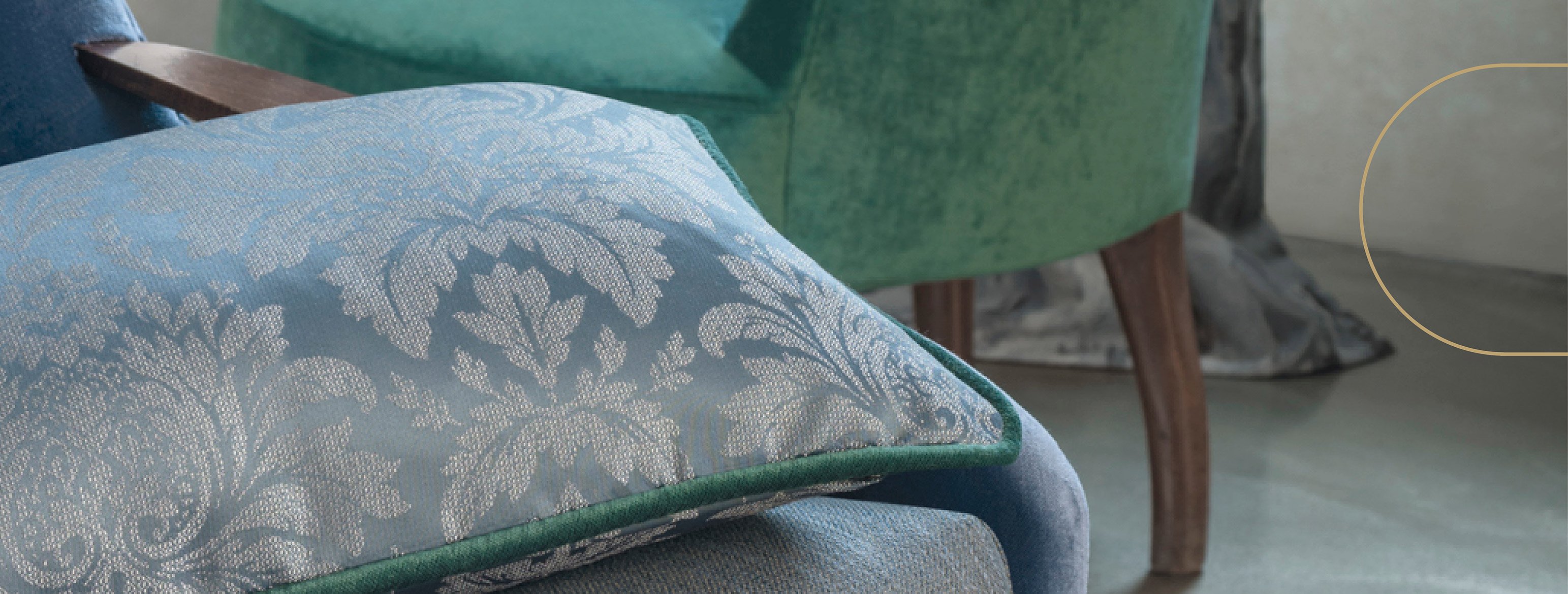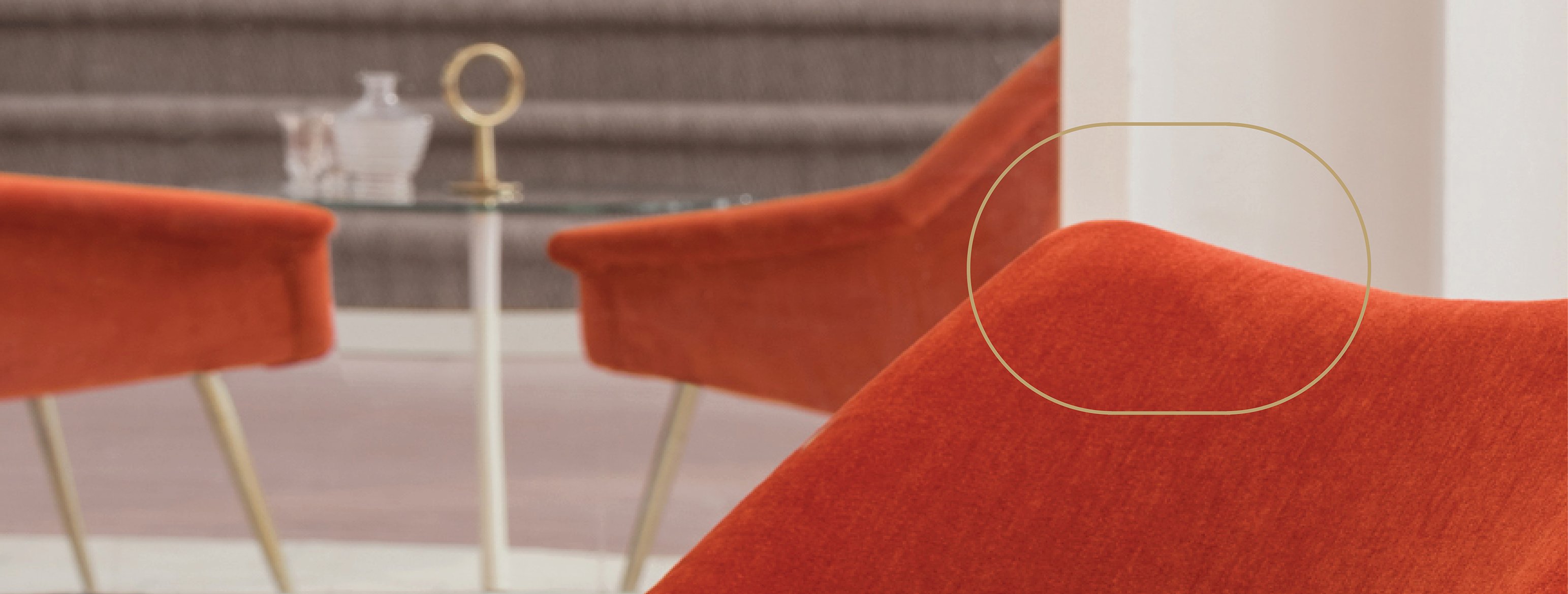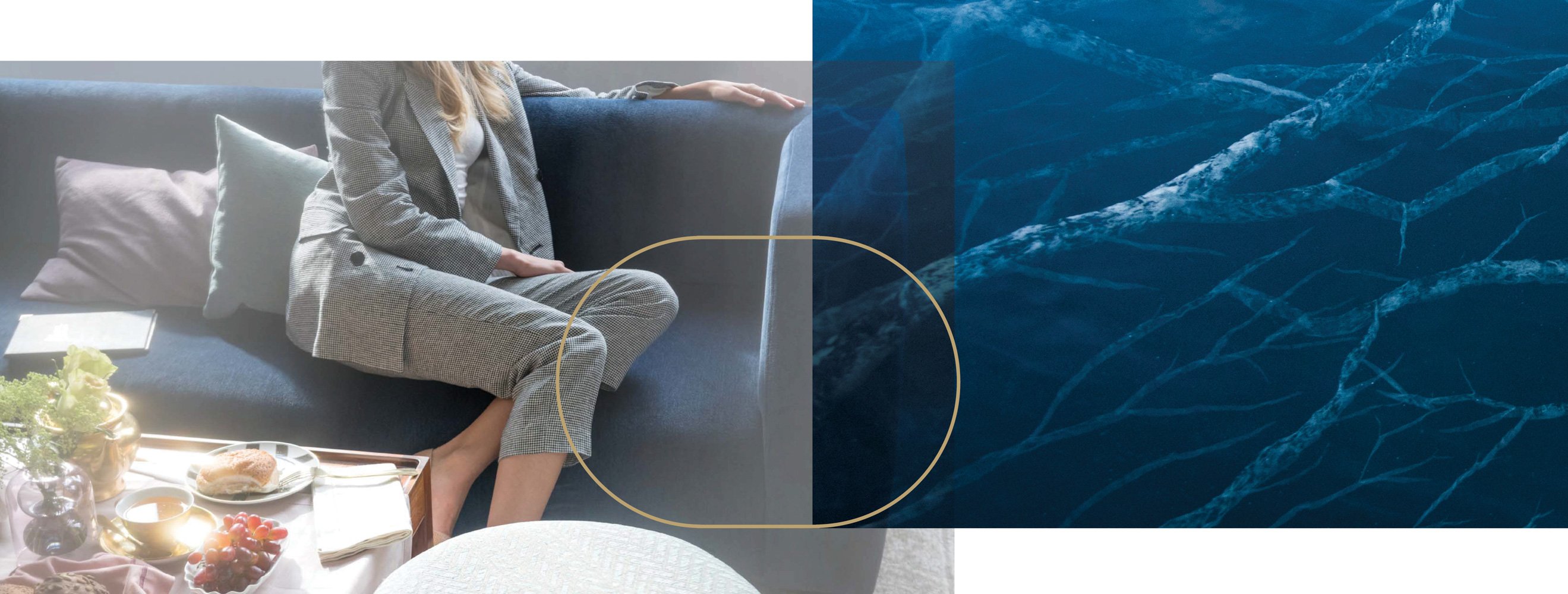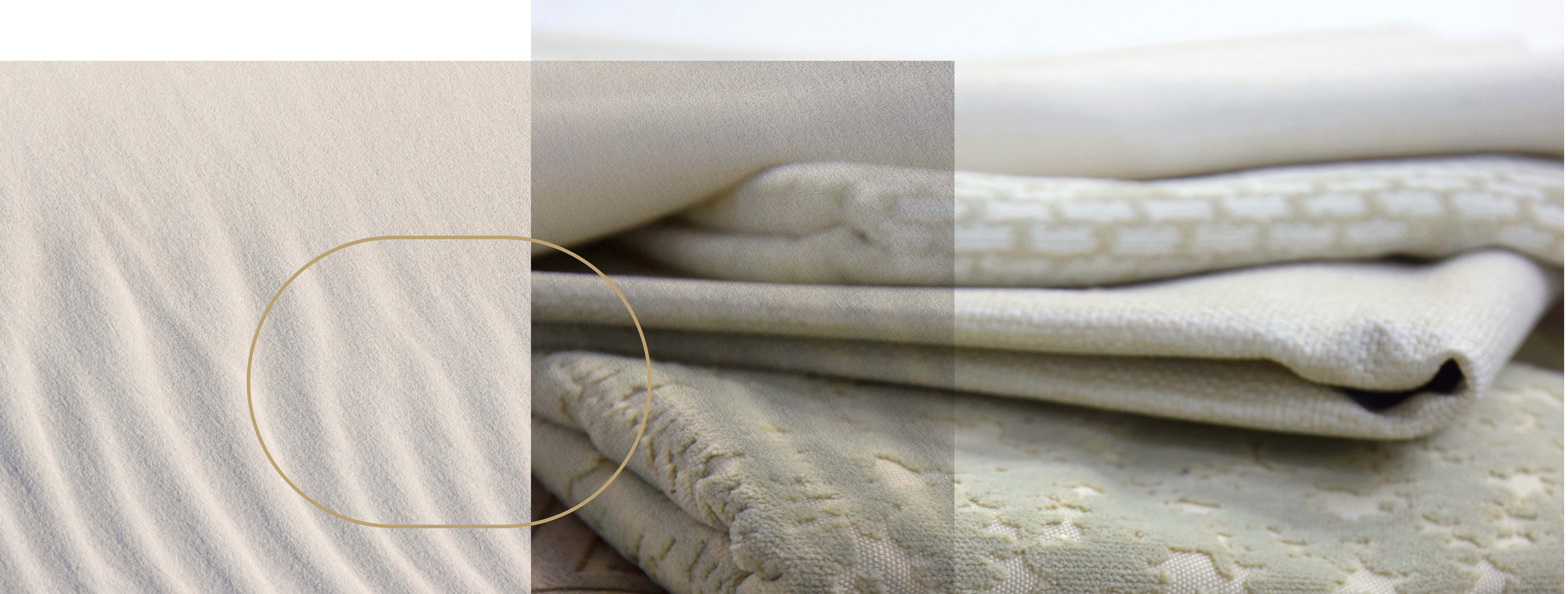FR-One fabrics: DIN 4102 (B1)
First, a definition:
Our IFR fabrics are classified as B1 meaning that they are at the highest standard in Germany for fire retardant fabrics. They don’t just meet the highest German FR standards; they surpass the most demanding fire standards worldwide.
European fire safety regulations: this is Germany
German DIN 4102 – B1 focuses on building materials and components, including light to heavy decorative fabrics. The fireproof class is determined according to the reaction of our furnishing fabrics to fire.
How does this work in practice? Below is a brief breakdown of the building material classes:
CLASS A: A1 and A2 are classed as Fireproof Materials
CLASS B:
B1: Not easily flammable
B2: Flammable
B3: Easily flammable
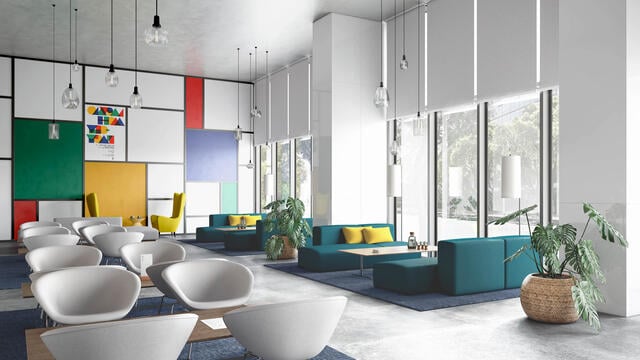
Let’s break down these material classes further:
DIN 4102-1: Class A
A1: Materials can be classified as A1 materials, if any:
- - Passes specified test according to standard corresponding parts
- - Meets requirements for A2 class materials
A2: Materials can be classified as A2 class if:
- - Passes specified test according to standard corresponding parts
- - The test passes the specified DIN 4102-16
DIN 4102-1: Class B
B1: All materials except flooring can be classified as B1 materials.
- - Based on the tests specified in DIN 4102-16, use the "Brandschacht' apparatus specified in DIN 4102-15.
- - Meets the requirements for B2 class materials.
B2: Materials can be classified as B2 materials.
- - Passes specified test according to standard corresponding parts
- - When the flooring materials meet the requirements of class Tb, at least as in DIN 66081, the material class can be allocated to the B2.
B3: Flammable materials which cannot be classified as B1 or B2 materials shall be classified as B3 materials.

The fire retardancy testing process for German DIN 4102 (B1)
A material is classified as B1 under this standard if it fulfils the requirements of the ‘fire shaft’ test. It also needs to surpass the performance conditions required for a B2 classification.
German DIN 4102 (B1) B2 test: how it works
Like in the fire shaft test below, the fabric is tested vertically in a test cabinet. A burner flame is applied to it for 15 seconds. The time to reach a marked point is measured. Burning droplets are also measured by setting paper below the specimen to observe any run-off.
The results we look for:
The burner flame takes 20 seconds at the very least to reach the marked point. The droplets burn for a maximum of 2 seconds on the paper below without the paper igniting.
Related read: Testing FR drapery and upholstery under British standards >
Measuring fabric performance in the fire shaft test (the ‘brandschacht’ test)
The fabric sample is hung vertically in a test cabinet. The test cabinet is set up as a ‘fire shaft’, like a chimney around a square gas burner and exposed to a defined flame treatment.

It is subjected to a flame for 10 minutes along with a constant flow of air from below. The temperature of the smoke and the undamaged length of the fabric are measured.
The results we look for:
The undamaged length of fabric is minimum 150mm. The temperature of the smoke is maximum 200°C.
Specify contract fabrics with confidence
FR-One’s fire retardant fabrics meet all fire safety standards the world over. The FR properties in our fabrics are built in on a molecular level, resulting in inherent and permanent fire retardancy. Our team can help you choose the fabric that meets the fire performance requirements of your project.
Contact us today to specify our FR fabrics for your project.

